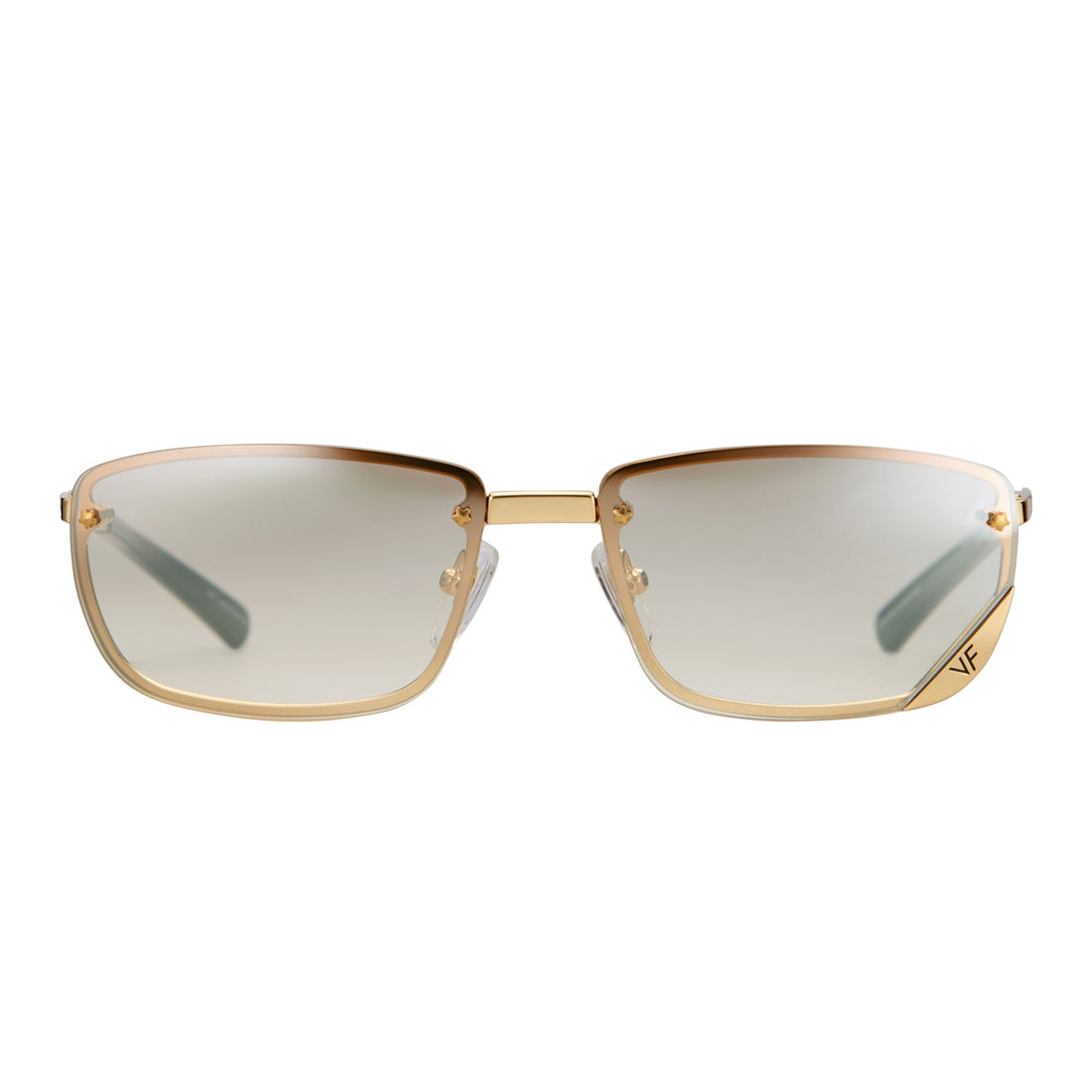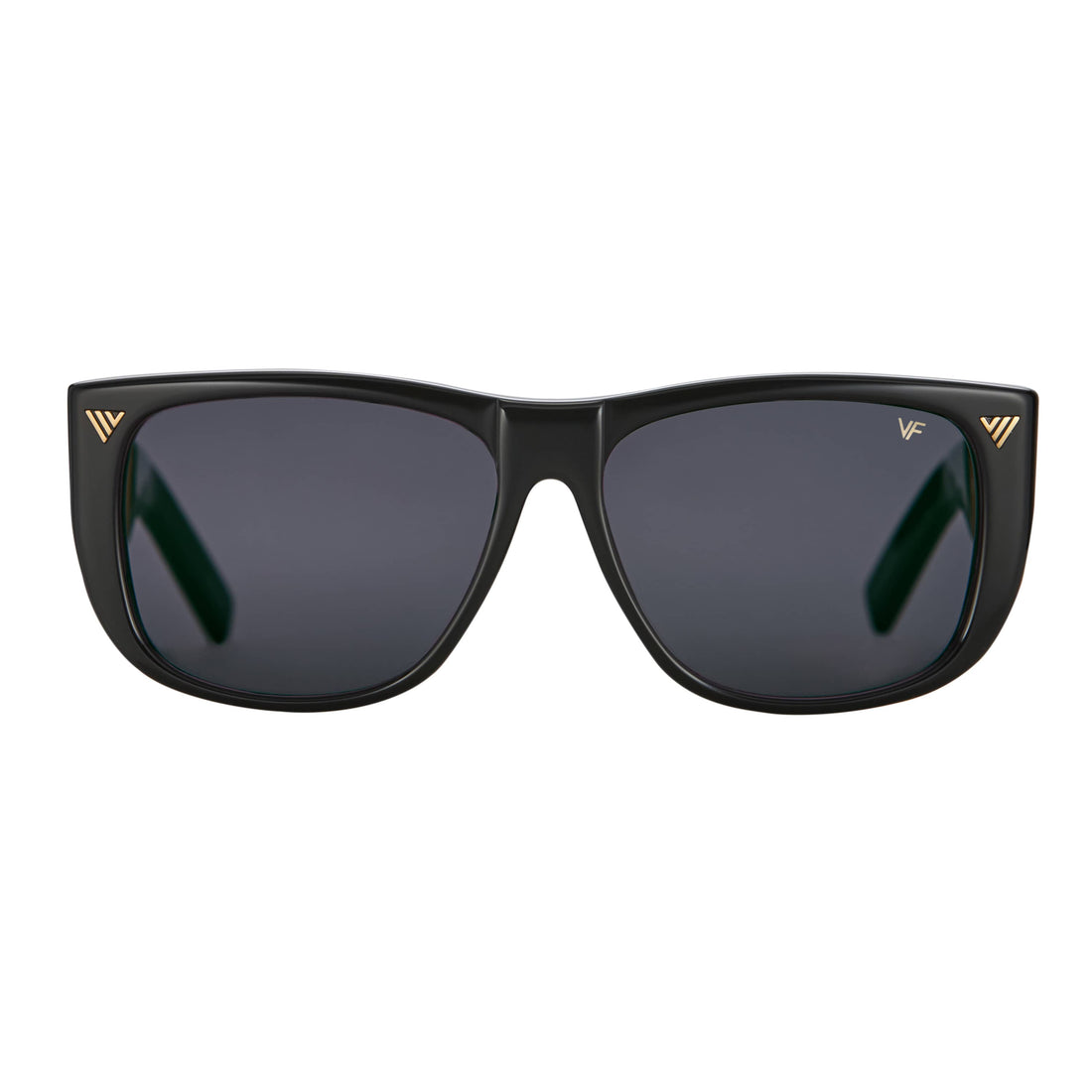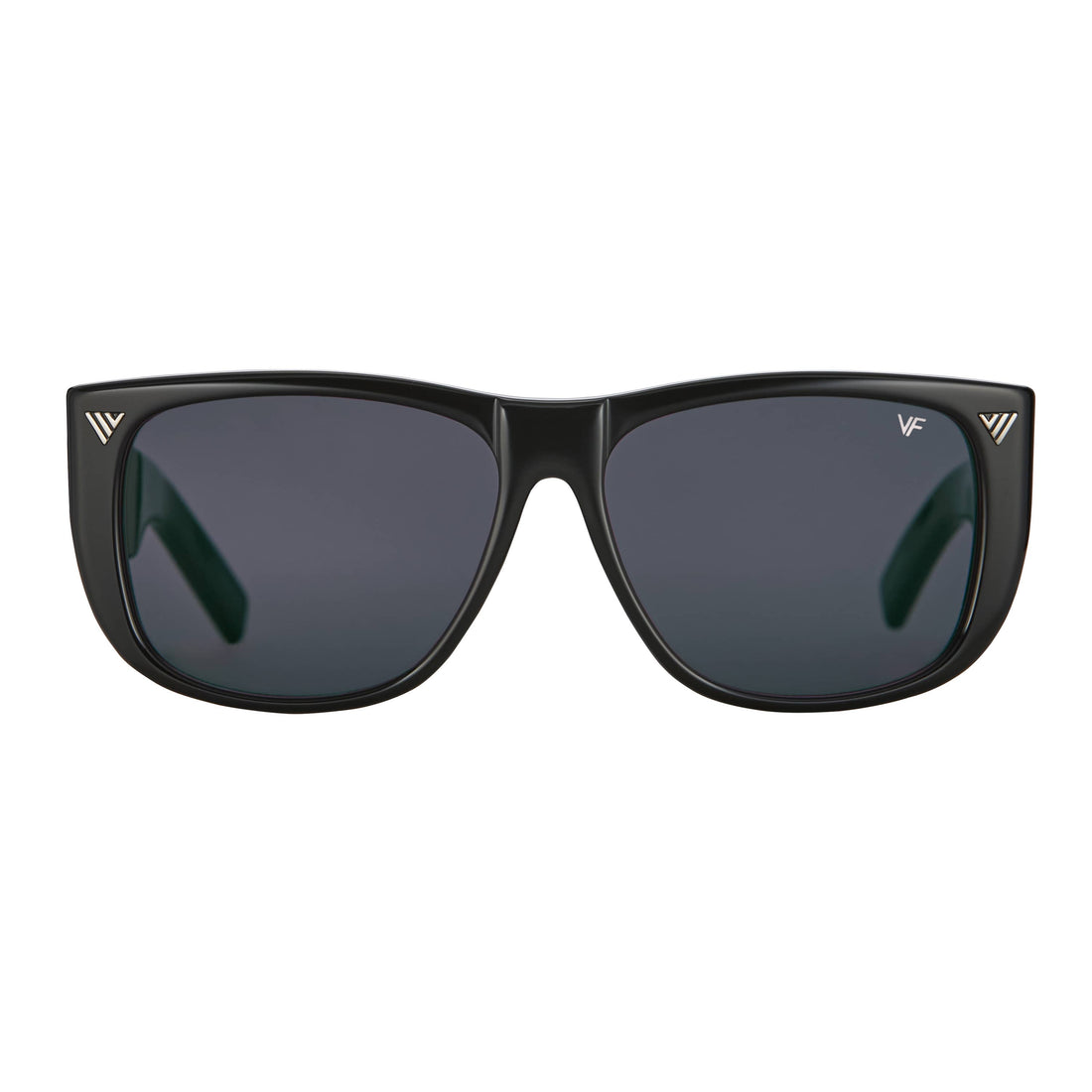
While London was busy swinging in the 60s, the French were revolutionizing fashion in their own inimitably trés chic way. New young designers were appearing thick and fast, nicknamed yé-yé designers after the French pronunciation of the Beatles’ lyric. France’s answer to Mary Quant, Parisian model Emmanuelle Khanh, was an integral part of this movement, present at the beating heart of the prêt-à-porter revolution of the 1960s.
Born Renée Meziére, Khanh’s long and illustrious fashion career started by modeling for some of the biggest couture houses in the world, which included Balenciaga and Givenchy from 1957-63. In the late 50s, however, she became increasingly aware that haute couture only reached a minority group; fashion is a right, not a privilege, and although couture is a true art form, only the very rich can get close enough to appreciate it.
Her denouncement of high fashion is confirmed in Valerie Steele’s book, ‘Paris fashion: a cultural history’. ‘“Haute couture is dead,” announced Emmanuelle Khanh in 1964. “I want to design for the street…a socialist kind of fashion for the grand mass.”’
With her own personal interest in fashion developing, this realization was the catalyst for her to step out of the modeling ring, and begin to design clothes under her own name. A foray into designing was popular with models at the time – Khanh’s change of direction followed French model Bettina and Chanel protégée Marie Helene Arnaud, who both turned their hand to the design industry. Her aim was to create more approachable – but just as fashionable - ready-to-wear clothes than those she had been wearing at the grand couture houses.
Khanh’s criticism of couture went further than the price point, however, as she believed that the beauty of the body was concealed under the superfluous ruffles, layering and heavy detailing of couture gowns. To counteract this, she cut her clothes to follow the movement of a woman’s body, emphasizing and celebrating feminine curves. She preferred slim-fitting tailored looks, evoking a 1930s silhouette, and became recogniszd for long, waterfall-style collars on her suits - a recurring feature that was endearingly nicknamed, “The Droop”.
Her first line was launched in 1961 and was a critical and commercial success, with one newspaper from 1964 calling her designs “revolutionary”, and highlighting her as “one of the leaders of the future among the group of ready-to-wear designers who are helping to bring comparatively unknown houses into the limelight”.
The Vintage Frames Company along with The Vintage Frames Shop has just received the largest collection of Vintage Emmanuelle Khanh Sunglasses in the world. Head over to The Vintage Frames Shop as we release more models each day!








